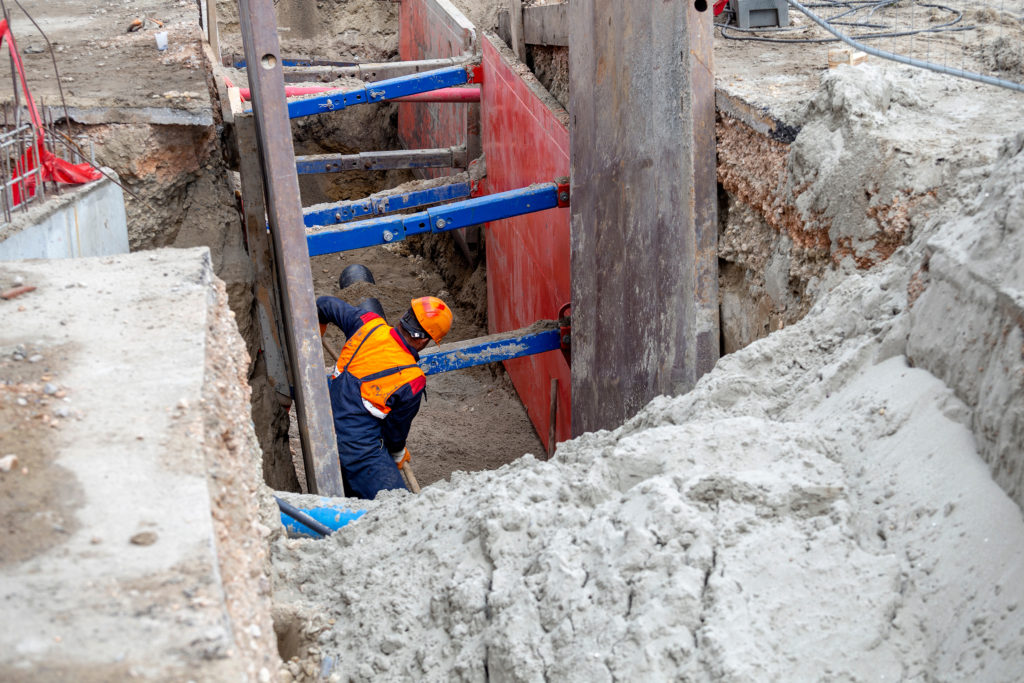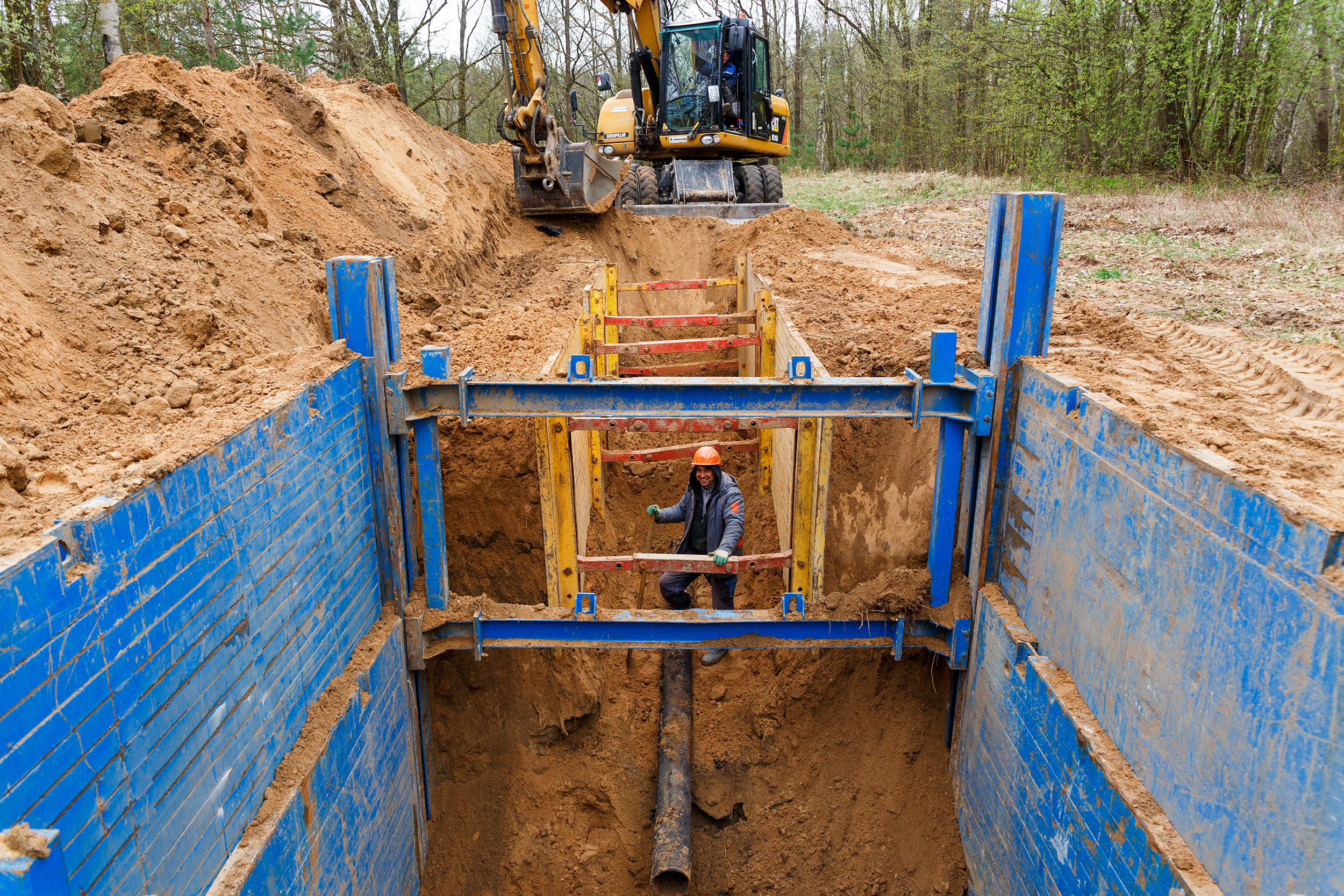Everything you need to know about Trench Shields
Construction work comes with a variety of risks. Over time, new equipment has been developed in order to meet the safety needs of the site workers whose job can put them in harm’s way. The trench shield is a perfect example of a tool born out of necessity. Trench shields, also called trench boxes or shore boxes, are a type of trench protective system. They function to protect workers who are inside a trench in the event of a wall collapse. The shield acts as a protective barrier between them and any falling debris or materials.
Trench Shields vs. Trench Shores
As aforementioned, trench shields are put in place to protect the workers in the event that any soil or other material becomes dislodged and collapses into the trench. A trench shore also called side rail shoring, on the other hand, is a tool made to actually hold the walls of the trench in hopes of preventing a collapse. They use a pressure system to apply force to the trench walls compensating for any weak spots that may be present. Depending on the job site, the use of either will vary depending on the needs and the risks of the build.
How Are Trench Shields Made?
Trench shields are made from either aluminum or steel, sometimes both, and can be single walled or double walled. Their main shape is two side walls connected by spreader bars that prevent them from shifting or moving inward into the trench if a wall collapses. The side walls can vary in thickness depending on the project, with widths ranging from 3 to 12 inches. The capacity of the trench shield is dependent on the strength of the vertical and horizontal inner elements and that of the vertical and horizontal outer elements. When it comes to size, they can vary. The length can range from 6 to 40 feet long, and the height can be anywhere between 4 to 10 feet high.
Aluminum vs. Steel
There has been a lot of debate in the construction industry of the benefits of aluminum versus steel and vice versa. Ultimately, the conclusion has been that both materials have their advantages and disadvantages, and often a combination of the two is the best method. Aluminum has been praised for its lighter weight and flexibility, making it much easier to work with, to install, to remove, and to transport from project to project. It is prioritized on smaller and shallower digs. Steel on the other hand, is considered to be much stronger. And when it comes to holding up loose material, the stronger the better. In most trench shields, the spreader beams are made of steel. For deeper digs, steel trench shields are selected because of their ability to withstand heavier weights of material.
When Are Trench Shields Used?
In general, trench shields are often used in any project that involves trench or manhole digging. These jobs can include installing or repairing utility pipes and lines, digging for building or house foundations, or any other subterranean project. Aside from providing protection, they allow for a greater span to be achieved, making the workspace larger. Manhole trench boxes are more square in shape and function the same as a trench shield. They are designed to be used in conjunction with trench shields, as they have slots on either side for the trench to run through them. On every trench box there will be data that was gathered through manufacturer research. This data is incredibly useful when selecting which models of trench shield your project may need. Some shields are designed to be used in conjunction with other systems of protection to ensure the safest job site. The data on the trench shields will indicate its limitations, restrictions, and compatibility with other options.

Other Protective Options
Aside from trench shields and trench shores, slope trench walls are another form of protective precautions. Trench shields and shores function best in projects where the walls of the trench are at an exact 90 degree angle, but sometimes they’re not enough on their own. Depending on the depth of the trench, the job may not be as simple as a straight down dig from the surface. Slope trench walls, also known as bench trench walls, are a method of digging that helps ensure the structure of the soil and prevent the risk of a collapse. Bench trench walls look like steps leading down into the trench where the project occurs. This way, the entire weight of the surrounding material is not sitting on a downward angle, pushing into the shields, but rather distributed in weight.
Rasmussen Equipment
Founded in 1947, Rasmussen Equipment has been supplying construction teams with all the necessary equipment they may need during their projects. As one of the largest rigging houses in the Intermountain West, we can provide custom wire rope, nylon, chain, and other heavy machinery for your next job. Having been in the industry for so long, we know what a good, reliable product looks like and our renting centers only carry the best. Our protective equipment, including both shields and shores, are certified GME products. Call us today to learn more about our custom rope and renting program.

